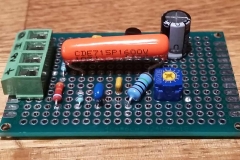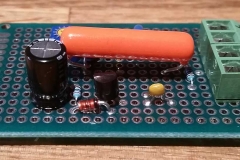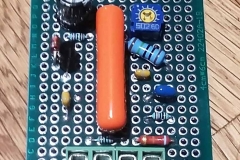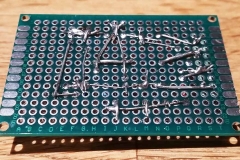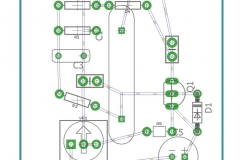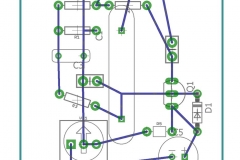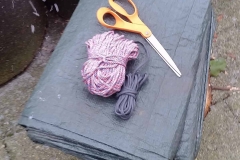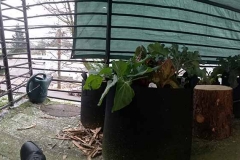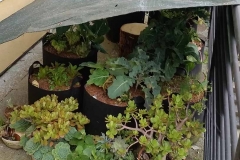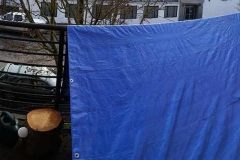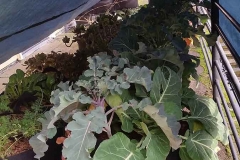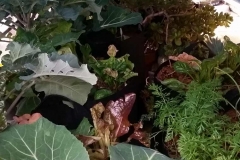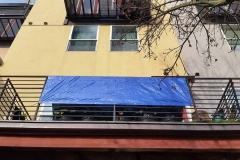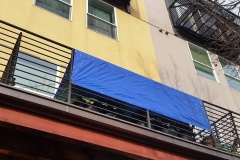Oh sweet satisfaction. Finally I get to wrap this project up. Things went smoothly, but of course there were some last minute changes to get everything nice and secure.
The first notable change, which I really should have expected, was a serious case of shrinkage. I bought the green doug fir lumber about 3 weeks prior to the install date. Over those week, while carving and staining, the wood shrank noticeably. When I carved out the recesses for the lap joint the two pieces fit together snugly, requiring some gentle tapping to get the pieces set into each other. By the time I was ready to install, the joint had a quarter inch of clearance on all sides.
I was a little disappointed by this at first, but it was really a blessing in disguise. The shrinkage allowed a little bit of wiggle room to make sure everything got set up nice and level.









